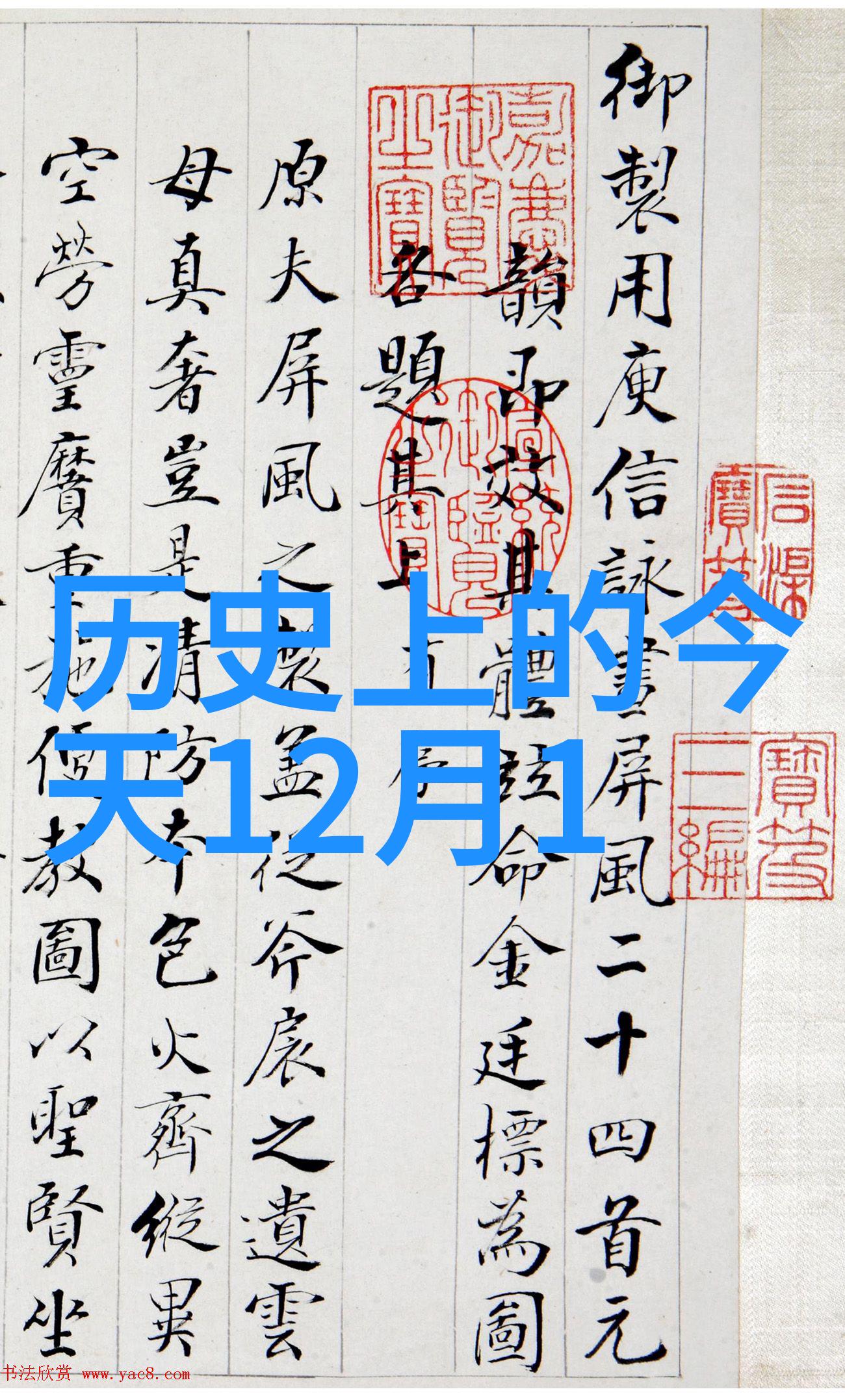Deciphering the Ming Dynasty: A Guide to Translating Chinese History into English

The Ming dynasty, which lasted from 1368 to 1644, is a significant period in Chinese history. As the last feudal dynasty in China, it played a crucial role in shaping the country's culture, politics, and economy. However, translating Ming dynasty history into English can be challenging due to cultural and linguistic differences. Here are six key points to consider when translating this important historical period.
Understanding the Context of Ming Dynasty History

To accurately translate Ming dynasty history into English, it is essential to have a deep understanding of the context in which these events took place. This includes knowledge of Chinese customs and traditions as well as an understanding of how they differed from Western cultures during this time period.
Mastering Key Terms and Concepts

Another critical aspect of translating Ming dynasty history is mastering key terms and concepts related to this era. For example, knowing about Confucianism's influence on society or understanding how Taoist philosophy impacted daily life would help provide more accurate translations.
Adapting Language for Different Audiences

When translating Ming dynasty history for different audiences - such as scholars or laypeople - adapting language accordingly is vital. Scholars may require more technical terms while laypeople may need simpler explanations that still convey important information.
Using Correct Terminology

Using correct terminology when referring to people or places during the Ming dynasty also matters greatly when creating an accurate translation of its history into English.
For instance, using "Emperor" instead of "Khan" might be appropriate if describing one who ruled over Mongolia at that time but not necessarily applicable within China proper where emperors held sway during most periods throughout its long imperial legacy including those days under rule by Manchu-led Qing empire following end after fall Fall Of The Qing Empire
5 Considering Cultural Sensitivity When Translating Texts About Historical Events
It’s equally crucial not just focus purely on factual accuracy but also consider cultural sensitivity especially considering sensitive subjects like death penalty practices prevalent then; executions were often public displays involving elaborate rituals with criminals dressed up accordingly before being put through gruesome methods commonly employed back then (e.g., beheading) so avoiding any potential offense must take priority alongside ensuring historical accuracy
6 Leveraging Digital Resources To Enhance Accuracy And Reach A Wider Audience
Finally leveraging digital resources such as online archives databases scholarly articles etc can significantly enhance both accuracy & reach audience interested learning about ming dynasties past While these sources offer wealth valuable information they should always complemented by rigorous research cross-checking multiple credible sources before presenting final translated version intended readership




